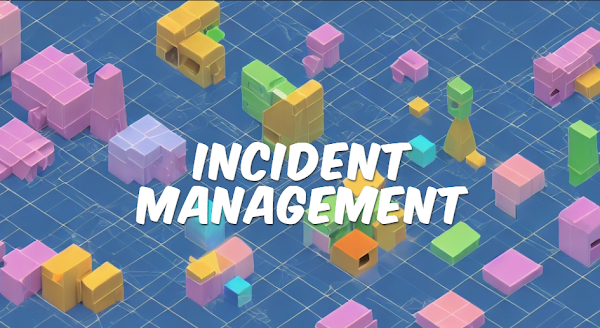Incident Management
Incident management is the process of responding to, managing, and resolving incidents or disruptions that impact business operations. Incidents can come in many forms, such as natural disasters, cyber-attacks, or hardware failures. Proper incident management can help minimize the impact of these disruptions and enable businesses to quickly resume normal operations. In this blog post, we will explore the key components of incident management.
1. Incident Identification
The first step in incident management is to identify an incident. This can be done through various means such as monitoring systems, user reports, or alerts. It is crucial to have a clear understanding of what constitutes an incident and what level of severity it represents.
2. Incident Logging
Once an incident has been identified, it is important to log all relevant details in a centralized location. This includes the date and time of the incident, a description of what occurred, the impact it had on the business, and any relevant stakeholders involved. Having a detailed log of the incident can help with future incident analysis and decision-making.
3. Incident Categorization
Incidents can vary in their level of severity and impact on the business. It is important to categorize incidents based on their severity so that the appropriate resources and response times can be allocated. This can be done using a standardized system such as the ITIL framework.
4. Incident Prioritization
Once incidents have been categorized, they need to be prioritized based on their impact on the business. This can include factors such as revenue loss, customer impact, or safety concerns. Prioritizing incidents ensures that resources are allocated appropriately and critical incidents are dealt with first.
5. Incident Response
After an incident has been identified, logged, categorized, and prioritized, it is time to respond. The incident response team should be activated and work towards containing the incident and minimizing its impact on the business. This can include actions such as isolating affected systems, restoring backups, or implementing temporary workarounds.
6. Incident Resolution
Once the incident has been contained, the incident response team can work towards resolving it. This can involve restoring affected systems to their pre-incident state, implementing permanent fixes, or updating processes to prevent similar incidents from occurring in the future.
7. Incident Analysis
After the incident has been resolved, it is important to conduct a post-incident analysis. This involves reviewing the incident and identifying what went well, what could have been improved, and what actions should be taken to prevent similar incidents in the future. This analysis can also help identify any underlying issues or systemic problems that may have contributed to the incident.
8. Incident Communication
Throughout the incident management process, communication is key. This includes notifying stakeholders, providing updates on the status of the incident, and managing expectations. Communication should be clear, concise, and timely to ensure that everyone is on the same page and has a clear understanding of what is happening.
9. Incident Documentation
Finally, it is important to document the incident and all relevant details in a centralized location. This can include incident logs, post-incident analysis reports, and any lessons learned. Proper documentation ensures that the incident can be referred to in the future and that the organization can learn from its experiences.
In conclusion, incident management is a critical component of any business continuity plan. By following the key components outlined in this post, organizations can effectively respond to and manage incidents, minimize their impact on the business, and ensure a quick return to normal operations.


Comments
Post a Comment